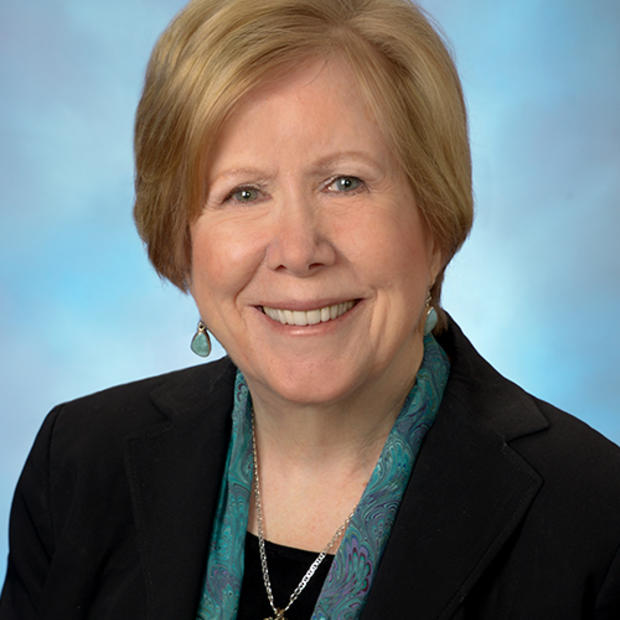Quality public education, including higher education, provides a ladder to the middle class and prepares students for the jobs of the future. A recent study from Georgetown University backs up the result from the Washington Roundtable’s study that 70 percent of the new jobs created in Washington by 2020 will require a postsecondary degree. To maintain a strong middle class and restore social mobility, we must ensure that higher education is accessible, affordable and of high quality.
This year, the Legislature did not raise tuition at Washington’s public colleges and universities. We were smart to provide sufficient state support to replace the tuition revenue so that colleges could freeze tuition without hurting access or the quality of education. But our job is not over. We must continue to expand access to and affordability of higher education while protecting the world-class quality of education that our institutions provide.
Prior to the Great Recession, the state paid most of the cost of higher education — 66 percent of the cost at four-year public institutions. Because of budget cuts, the state was forced to make in 2009-2012, that ratio flipped — in 2012 the state paid only 35 percent of the cost, leaving 65 percent to the student. In 2012, Washington was 49th in the nation in per-student funding for public baccalaureate higher education. This decline in state support caused skyrocketing tuition at our institutions in recent years.
There was a growing call for the "high tuition, high aid" model: those who could pay full price would pay it, and those who couldn’t would get aid to cover the difference. But there were two fatal flaws with this idea. First, financial aid was generally going to be in the form of loan debt, not grants, thereby creating $1 trillion in student loan debt that now clouds our economy. Second, middle-class families would bear the brunt of these tuition increases because they would not have adequate resources to cover the cost of higher tuition but had too much income to qualify for programs like federal Pell Grants or Washington's State Need Grant.
As Washington began to recover from the recession, we knew we had to reverse the trend of disinvestment and get back on track toward a fair level of funding. Our goal, by the year 2020, is for 50 percent of the cost of higher education to be paid by the state and 50 percent by the student. To accomplish 50/50 by 2020, we can’t just cut tuition — we must also have a sustained plan to increase direct state funding over time.
Some suggest that tuition rates can be reduced solely through additional efficiencies in the system. While we must always push our institutions to be as lean as possible, consistent with their missions, the truth is that the cost of educating students has held steady in the last 20 years and efficiencies have been, and continue to be, achieved. The price that students pay, on the other hand, has been rising because state support has been declining. UW students, for example, scrubbed the UW budget earlier this year and found little real waste in the system that could make up for the dramatic cuts in state support that had been taking place.
Our world-class universities are able to offer a superior education because of their excellent faculty, high-tech labs and facilities, and top-notch educational programs. Cuts in funding for our colleges and universities put at risk retaining and attracting top faculty, admitting all qualified students and offering a sufficient number of courses so students can complete their studies in as little time as possible.
Going forward, our challenge is to find funding to expand access and improve the affordability of higher education while still maintaining and improving quality. The 2013-15 budget is the best we’ve had in years for higher education. But our work has only begun. We must continue to increase our investment in higher education in order to provide an accessible ladder to opportunity and to ensure our state’s economic vitality.
Washington's higher ed challenge: 50/50 by 2020
Guest opinion: Washington's tuition freeze this year was good news for higher ed funding, but it's just the first step in preserving our state's socioeconomic stepladder.

Suzzallo Library at the University of Washington
Guest opinion: Washington's tuition freeze this year was good news for higher ed funding, but it's just the first step in preserving our state's socioeconomic stepladder.


